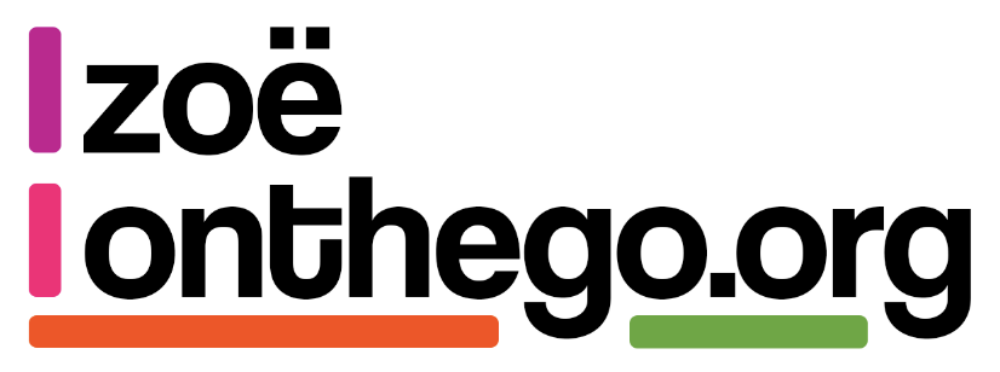Guest blog first published in #TechUk’s Public Sector week here on the 24th of June 2022.
Legacy Transformation is one of those phrases; you hear it and just… sigh. It conjures up images of creaking tech stacks and migration plans that are more complex and lasting longer than your last relationship.
Within the Public Sector, over 45% of IT spend is on Legacy Tech. Departments have been trying to tackle legacy transformation for over 20+ years; but it remains the number one blocker to digital transformation.

So why is it so hard and what can we do about it?
The fundamental problem with Legacy transformation is that as an approach it’s outdated.
The problem companies are trying to solve is that their technology systems need modernising or replacing; usually (at least in the public sector) these programmes come about because a contract is coming to an end and/or the platform the companies’ technology was built upon is effectively burning and can no longer be maintained.
The problems with this approach are:
- That it so often ends in a big bang transition due to the desire to avoid hybrid running of services because of the complexity of migration
- The architecture of the new system is constrained by the need to remain consistent with the technical architecture used across the organisation,
- Transformation programmes can easily fall into the trap of delivering a ‘like for like’ solution that misses out on opportunities for innovation; this can be for many reasons, often as they have a cliff edge contract leaving them in a rush to find a replacement quickly,
- The programmes are developed in siloes, only considering the technical changes needed; but they don’t consider the wider business change needed to make transformation stick.
- The value is only delivered once the new service goes live and replaces the old system when it’s turned off. This leaves many organisations needing to run both systems at once; but not wishing to due to the large cost implications.
Due to these issues the big bang delivery often ends up being a lot later than planned; costing significantly more while neither meeting the users or business needs; and quickly becoming outdated.
Don’t forget, the latest thing you’ve just updated will itself be considered Legacy in 5 years; so do we need to start thinking about legacy transformation differently? Is there an iterative approach to legacy transformation that works, and how should we approach it?
Within Kainos we’ve worked hard to bring the User Centred design principles we’ve used to successfully deliver Digital Services to accomplish high impact legacy transformation programmes. By understanding user needs and business requirements we can plan early for ‘just enough’ legacy change to support the transformation; prioritising and identifying the value that can be added where and when; building scalable and extensible services that will maximise automation opportunities; carefully evaluating transition options and data migration dependencies so we can ensure we’re meeting user needs and adding value at each stage without risking business disruption.

This incremental, user centred approach allows us to identify opportunities for innovation and truly enable digital transformation that focuses on the business benefits, reducing overall costs whilst realising value early and often.
By thinking about business change and taking this iterative approach to realise value early and often we’ve been able to stop assuming that every element of the old legacy service needs throwing out and replacing; and instead, we’re identifying those elements that can be kept with just a bit of love and care to update them and make them work, and which elements we need to deliver something new. By prioritising where we focus our effort and making sure whether it is something old or something new, or a combination of the two, we can meet those critical user and business needs.
Up-cycling doesn’t just work for vintage furniture and clothes after all, maybe it’s time we take that same mindset when we’re think about technical transformation; reinventing something old and making it into something better and new. After all tech changes faster than ever, so if we don’t change our mindset and approach, we will be left behind and quickly not just become out of fashion, we’ll be outdated.
By adapting our approach to Legacy Transformation, Kainos are able to build excellent services that are secure and that users want to use; transforming business processes to fully embrace digital channels; microservices architecture that reduces future legacy risk; and costs that are optimised to benefit from public cloud platforms.

